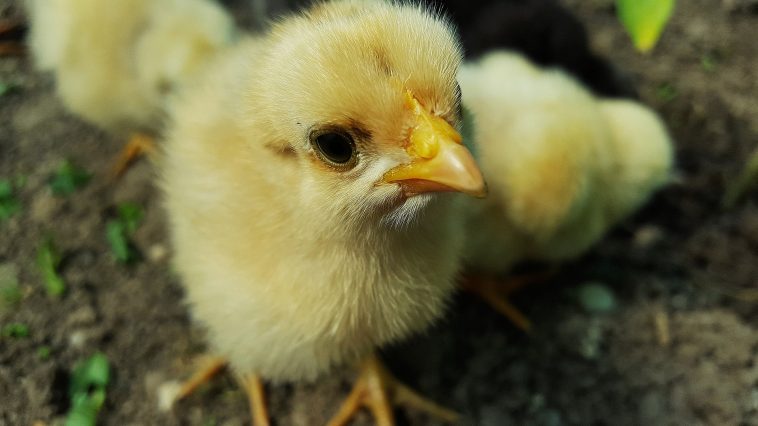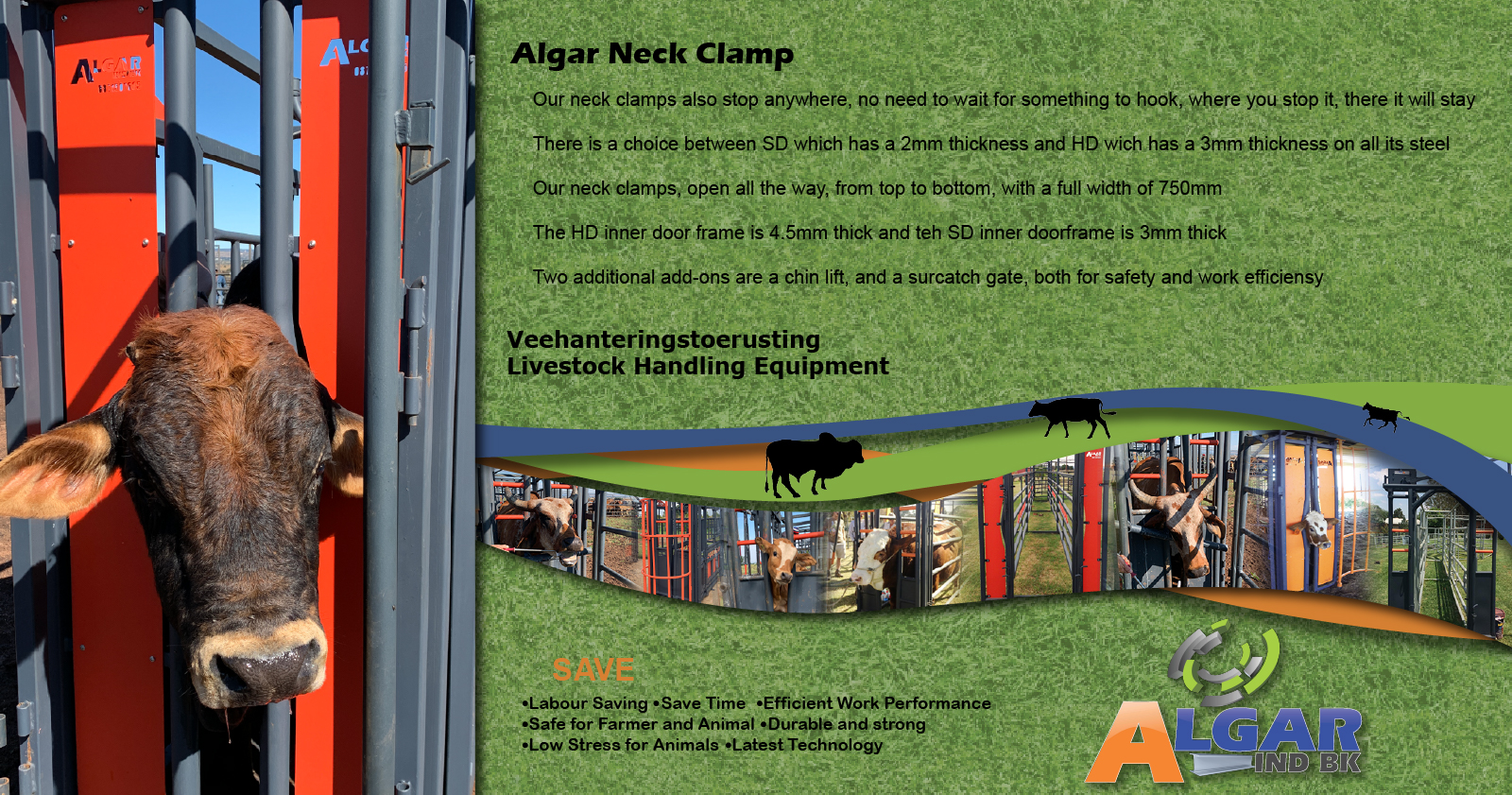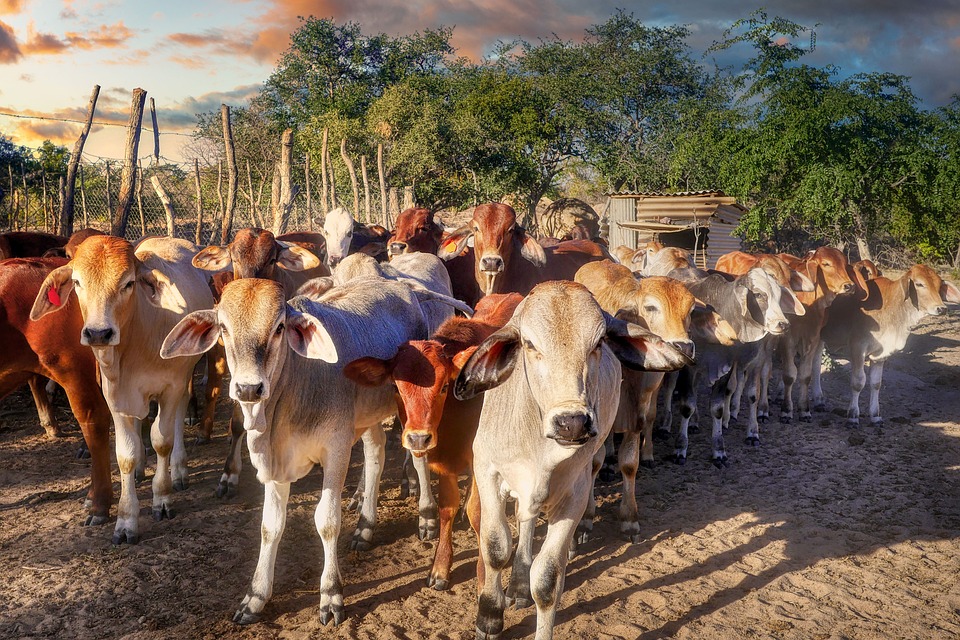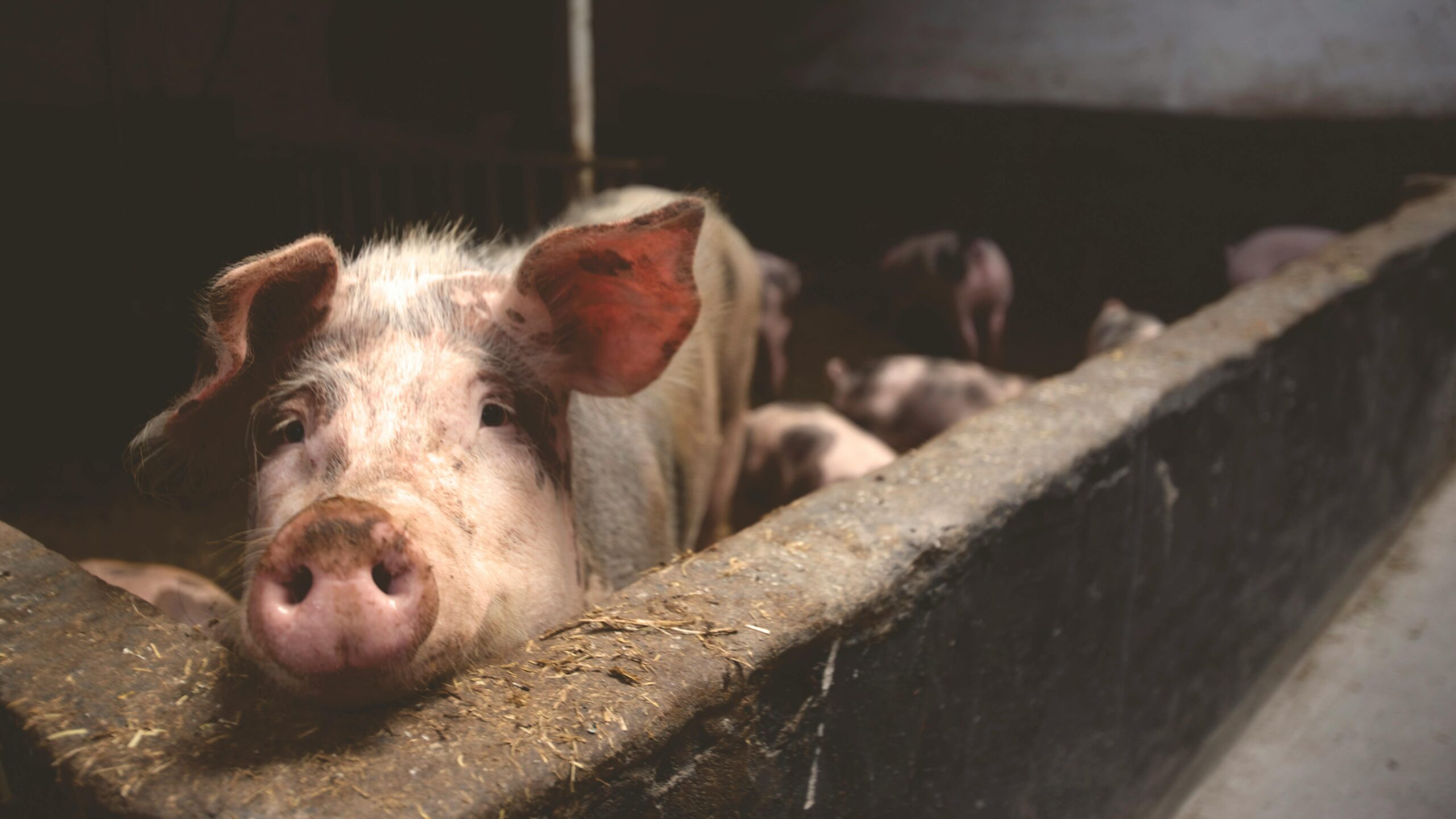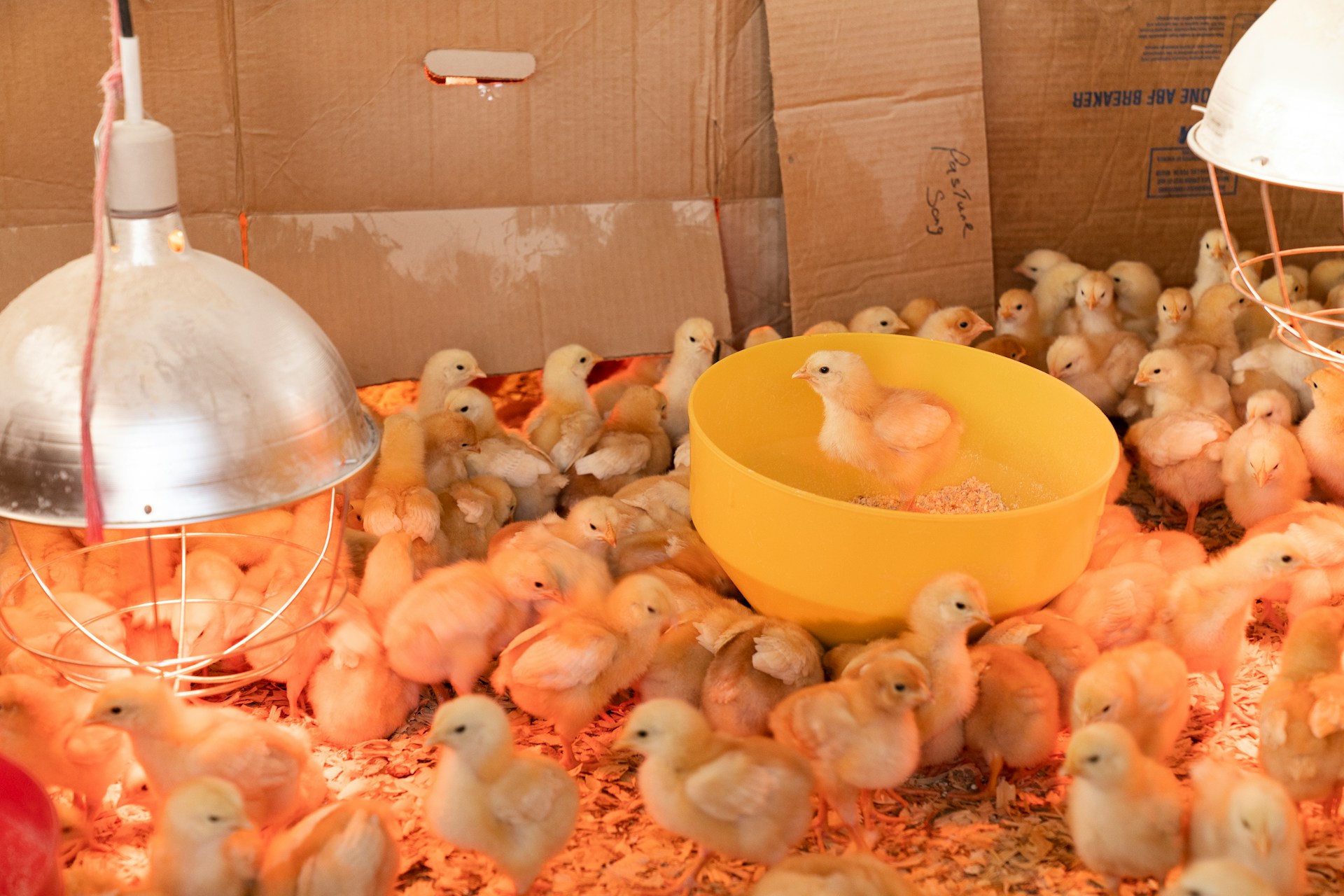In Part 4.1 of the series on raising chicks in a brooder, we looked at the preparation of a brooder heated with infrared lamps. In Part 4.2 we shall look at the requirements of chicks, as well as the construction of a hay box brooder that does not require an external source of heat.
While the chicks are in the brooder, they require shelter, warmth, fresh air, good food and clean water. They must not only be protected against cold and heat, but also against insects, rodents such as rats that may eat their feed, and other vermin like mongooses that may want to have them for lunch. Therefore, a brooder must consist of a sturdy construction that will keep the chicks from one day old to four weeks old safely inside.
Brooder chicks require the following
These requirements are valid for all types of brooders and brooder chicks.
Floor space
Day-old chicks remain in the brooder until they are three to four weeks old, depending on whether it is summer or winter. Twenty birds need a floor space of about one square meter.

Chicks in a brooder huddle together for warmth. (Source; Pixabay)
Feed
The chicks must always have access to feed and water. Fifty brooder chicks will eat about 75 kg of chicken mash in four weeks. During the first week, the feeders must be shallow, or feed can be put in egg trays or on clean cardboard or newspapers. Every chick needs 20 mm of feeder space.
If using a trough feeder to feed fifty day-old chicks, it must be 1 200 mm long if the chicks can feed from only one side, and half that length (600 mm) if the chicks can feed from both sides.
If using a tube feeder for fifty chicks, it must be 300 mm long. (Figure 1)

Figure 1: Homemade feeders.
Water
One brooder chick will drink up to 80 ml of water in one day. Provide 10 mm drinking space per chick, therefore 100 chicks will need 1 000 mm of drinking space. A drinking fount of 100 mm diameter will provide enough water for 100 chicks. Provide fresh water twice a day. An example of a water trough and fount can be seen in Figure 2.

Figure 2: Homemade drinkers.
Light
Enough light will encourage the day-old chicks to start eating on the first day. Natural daylight can be used, and electrical or gas lights as well as paraffin lamps can be used at night.
Ventilation
It is important to allow fresh air into the brooder, as it prevents hot, humid conditions that create a breeding ground for disease. There must be no draught, however.
Health
Litter of 100 m thick consisting of thick, dry, clean hay, such as chopped grass, must be provided. Wet litter must be removed as often as necessary. The brooder must always smell fresh and clean with no lingering odours.
Heat
The temperature in the brooder must be kept at 30 to 32 ° Celsius during the first five days. Then the temperature can be gradually dropped to about 21 °
when the chicks are four weeks old.

A young chick begins to grow wing feathers. (Source; Pixabay)
Cold brooder types
These include the hay box brooder, the small round hut brooder, and the adjustable hessian brooder. In this issue we discuss the hay box brooder. All three brooders are designed to keep the chicks warm by using their own body heat, and no external heating is required, except sunlight during the day.
The hay box brooder

With natural brooding, the hen will take care of her chicks. (Source; Pixabay)
Advantages of the hay box brooder:
- It is ideal for use in rural areas where there is no electricity.
- It is constructed using wood that can be cut into the correct size by a hardware store if you don’t own the necessary tools to do so yourself.
- Chicken wire is stretched tightly over the bottom, sides, and top of the wooden frame.
- This brooder box improves the productivity of chickens, as fewer chickens die because of exposure to heat or cold. When it is cold, chicks huddle together, which can lead to smothering.
- Many more chicks can be raised than with natural breeding, when a hen looks after the chickens she has hatched. As the chicks are safely inside an enclosed brooder, they are safe from predators that can catch them when they run around outside.
- The hay box brooder is suitable for all agricultural circumstances.
- It can be used repeatedly, so you need to build only one.
- It is easy to use by women.
- It makes efficient use of resources, and there is no wastage.
- It does not need high technology to build or operate.
- The litter that has been removed can be used in a compost pile.
Size
The brooder must be the correct size to keep the inside at the right temperature for the chicks, but it must also allow them with enough floor space to move around.

Chicks in a brooder with ample litter, food, and water. (Source; Pixabay)
The size of the box can be adapted to the number of chicks you want to raise. A square box of 600 mm and 600 mm high, is big enough for 25 day-old chicks until they are four weeks old.
The size of the inside space of the brooder box can be reduced by putting more litter into the net tube inside the box.
Construction of the hay box brooder
Dimensions
The box consists of a wooden frame covered with 13 mm chicken wire.
The box is 600 mm square and 600 mm high. The floor consists of tightly stretched chicken wire or wooden slats. The lid is made of the same materials, which will allow ventilation while protecting the chickens from vermin, like rodents.

A hen will show her chicks what to eat and drink. (Source; Pixabay)
The run is the same width as the box and is 1 200 mm long. The sides can be covered with solid boards or planks.
The litter is used as isolation. A net tube is placed in the box and stuffed with litter, such as dry, cut grass. The corners must be round to prevent chicks from getting stuck there. During the first week, the lid can be covered with a sack or bunches of grass to keep the chicks warm at night.

Figure 3: Construction of a hay box brooder.
Management of the hay box brooder

Chicks under infrared light. (Source: Pixabay)
For successful production, some aspects must be managed carefully. In summary these include:
- The feeders and drinkers must be placed in the run. The drinkers must be cleaned and filled with fresh water twice a day, and the feeders must always contain feed.
- During the first week the chicks are allowed to leave the box to eat and drink from the containers in the run up to six times per day, but the box door is kept closed at other times to retain the heat. During the second week, the door of the box is left open so the birds can eat and drink whenever they want to, but the box door is closed at night. During the third and fourth week, the door is left open all the time so that the chicks can eat and drink as often as they like.
- The litter must be 100 mm deep and must be replaced as often as necessary to keep it dry. Stuff the corners to prevent the chicks from crowding there.
- The box can be made smaller or bigger by the quantity of litter stuffed inside the wire net. More stuffing will keep the chicks closer together, but as they grow, the stuffing can be removed to create more space.
- The brooder must be moved into the sun during the day to keep it dry and sanitised by the heat of the sun. At night the brooder box can be moved into a barn where the chicks will be protected from rain and cold.
- The brooder must be properly cleaned and disinfected after every batch of chicks has been moved to the hen houses. The brooder must stand empty at least seven days, but preferable fourteen days, before new day-old chicks are placed inside.

Growing chicks in a brooder. (Source; Pixabay)
References
Cilliers, PF. (July 2000) Small-scale poultry housing in South Africa. ARC-institute for Agricultural Engineering Hay-box brooder: a milestone to increase rural households’ poultry production, Ethiopia. (n.d.) Food and Agriculture Organisations of the United Nations www.fao.org/3/CA3079EN/ca3079en.pdf

